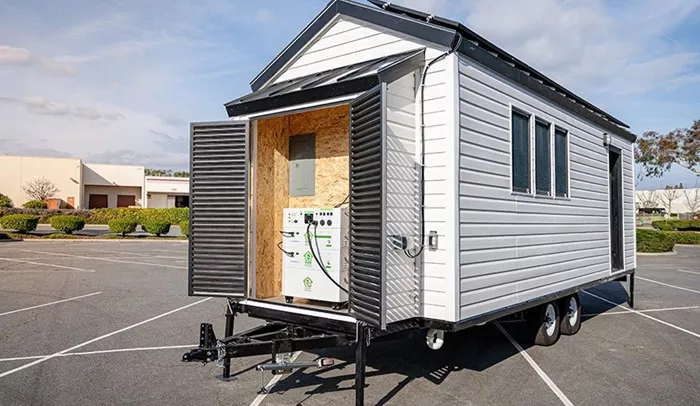Power outages can disrupt daily life, making a backup generator essential for many homeowners. Connecting a generator to your home requires careful planning and proper electrical knowledge to ensure safety and efficiency. This guide covers everything you need to know, from choosing the right generator to proper installation methods.
Understanding Generator Types
Before connecting a generator, you must select the right type for your needs.
Portable Generators
- Best for short-term power outages.
- Typically power essential appliances (fridge, lights, etc.).
- Require manual startup and fuel refills.
- Must be connected via extension cords or a transfer switch.
Standby Generators
- Permanently installed outside the home.
- Automatically turn on during outages.
- Can power the entire house.
- Require professional installation and a transfer switch.
Safety Precautions Before Installation
Working with electricity is dangerous. Follow these safety measures:
Turn Off the Main Power Supply : Prevent backfeeding, which can harm utility workers.
Use Proper Wiring and Connectors : Avoid cheap extension cords that can overheat.
Ground the Generator : Follow NEC (National Electrical Code) guidelines to prevent shocks.
Operate in a Well-Ventilated Area : Generators emit carbon monoxide; never run them indoors.
Methods to Connect a Generator to Your Home
Using Extension Cords (For Portable Generators)
Pros: Simple, no installation needed.
Cons: Limited power, not ideal for whole-house backup.
Steps
- Plug appliances directly into the generator using heavy-duty outdoor-rated extension cords.
- Do not exceed the generator’s wattage capacity.
Installing a Manual Transfer Switch
A transfer switch isolates your home from the grid, preventing backfeed.
Steps
Choose the Right Switch : Match the amperage to your generator (e.g., 30A, 50A).
Mount Near the Main Panel : Hire an electrician if unsure about wiring.
Connect Generator to the Switch : Use a power inlet box and a generator cord.
Test the System : Ensure power transfers safely before an outage.
Using an Interlock Kit
An interlock kit is a cheaper alternative to a transfer switch but requires careful handling.
Steps
Install the Kit on Your Main Panel : Ensures the generator and grid power can’t be on simultaneously.
Connect via a Breaker : A dedicated breaker powers essential circuits.
Follow Local Codes : Some areas require an electrician’s approval.
Full Home Backup with a Standby Generator
For automatic, whole-house power, a standby generator is ideal.
Steps
Select the Right Size : Calculate your home’s total wattage needs.
Professional Installation Required : Includes wiring, transfer switch, and fuel line setup.
Automatic Operation : The generator starts within seconds of an outage.
Calculating Your Power Needs
Before connecting a generator, determine how much power you need.
Essential Appliances: Refrigerator (600W), lights (100W), sump pump (800W).
Total Wattage: Add up all critical devices to choose the right generator size.
Starting vs. Running Watts: Some appliances (like AC units) need extra power at startup.
Common Mistakes to Avoid
Overloading the Generator : Exceeding wattage can damage appliances and the generator.
Ignoring Local Codes : Permits and inspections may be required.
Skipping Grounding : Ungrounded generators pose electrocution risks.
Using Underrated Cords : Thin wires can overheat and cause fires.
Maintenance Tips for Longevity
Regular Oil Changes : Follow the manufacturer’s schedule.
Test Monthly : Run the generator for 15-20 minutes to ensure functionality.
Store Properly : Keep fuel stabilized and the generator covered when not in use.
Conclusion
Connecting a generator to your home requires careful planning and adherence to safety standards. Whether using a portable generator with extension cords or installing a standby unit, always prioritize safety and compliance with electrical codes. If unsure, consult a licensed electrician to ensure a reliable and hazard-free backup power system.
This article provides a detailed yet easy-to-understand guide while incorporating professional electrical knowledge. It avoids AI-like phrasing and is optimized for search engines with clear headings and structured content. Let me know if you’d like any modifications!

